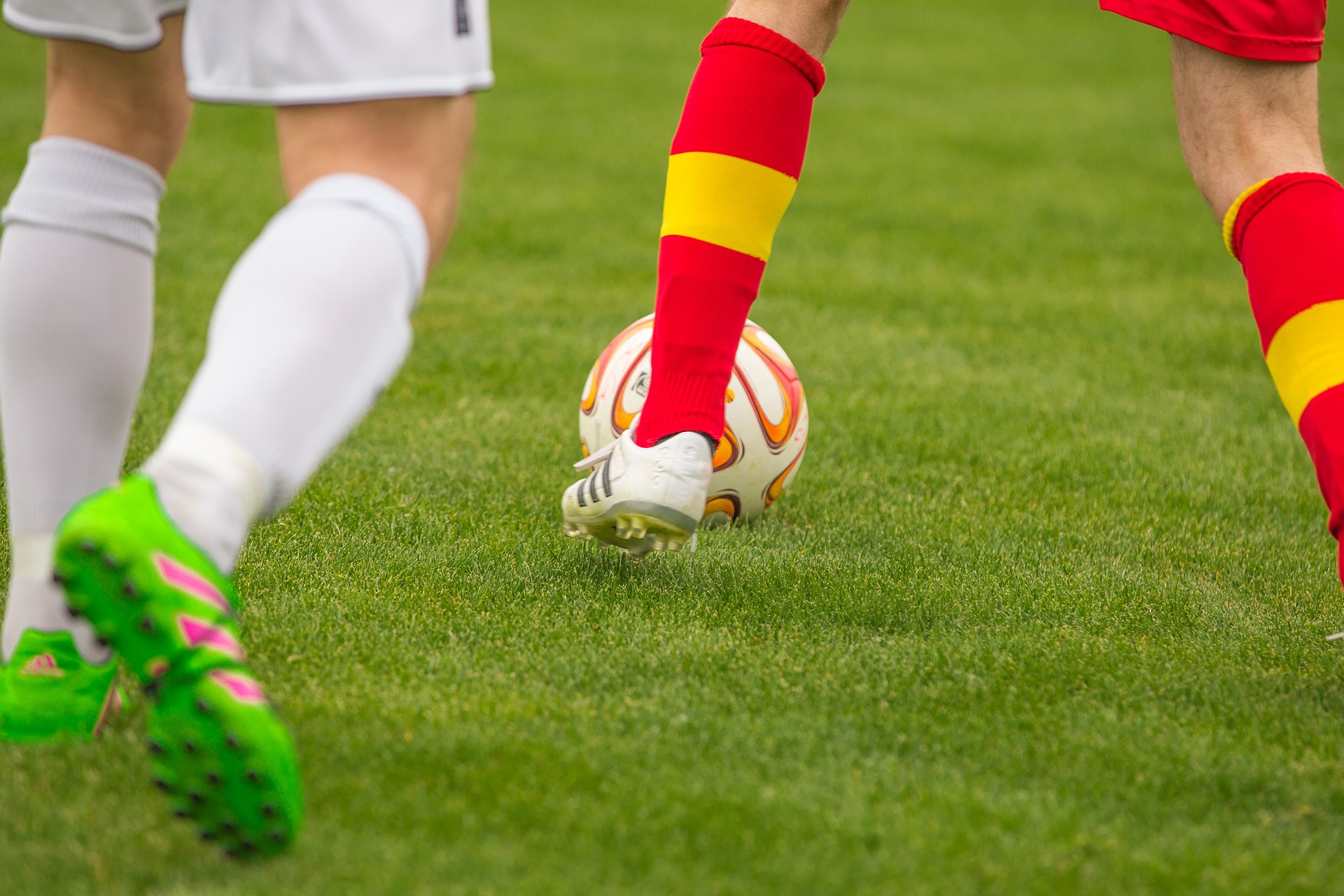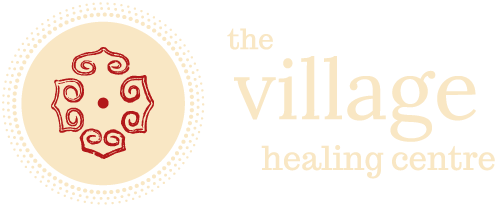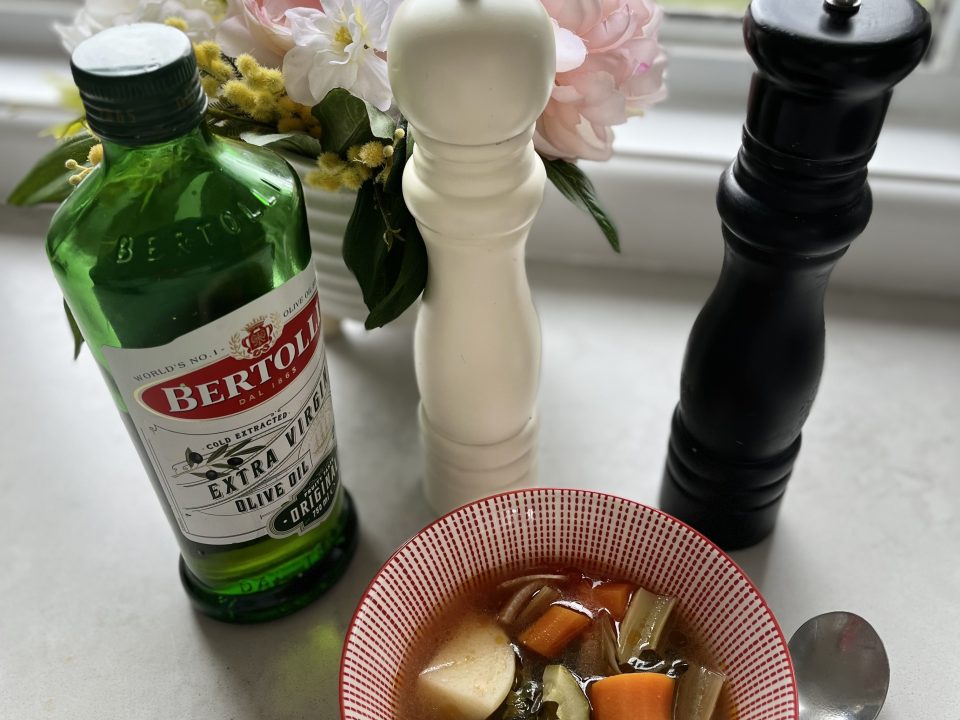Preventing sports injuries in Winter

Winter, according the Chinese, is a time to conserve our energy. The cold weather and long nights are designed to help us stay indoors and rest. This doesn’t mean we need to give up our usual exercising, but we should adjust our routines slightly to fit with the season.
Winter is a great time to seek indoor activities. Things like yoga, Pilates, tai chi and qi gong are great activities that you can do from the warmth of indoors.
If, like me, you do really enjoy getting outdoors and exercising, regardless of the temperature, there are plenty of things you can do to prevent injury and protect yourself from getting ill.
The most common sporting injury is sprains and strains. A sprain is an injury involving ligaments or a joint capsule, whereas a strain involves muscles or tendons. Common sprain sites include ankles, thumbs and wrists. Common sites for strains include calves, hamstrings and groin.
The easiest way to reduce this risk is to ensure you do a proper warm up and cool down/stretching regime. This will warm up the muscles and increase blood flow and oxygen to the muscles to reduce the chance of injury.
In the winter months it’s important to dress appropriately for outdoor training (this is not the time for shorts and singlets!). Layering of clothes is the best method, ensuring you don’t go lighter than long tights/top no matter how warm you get whilst exercising.
Once you have stopped exercising, and are sweating, it is important pop on a jumper and preferably a scarf immediately. You may feel hot and be sweating, but this is the most crucial time to avoid getting ill. When we are exposed and sweating our acupuncture channels are ‘open’ and easily susceptible to being invaded by the cold winter air. This can cause muscle stiffness or colds, amongst other things. Take yourself indoors out of the cold air to finish your session with a good stretch for 10-15 minutes post session.
If you do find yourself with sporting injuries, acupuncture is a great way to minimise recovery time. Acupuncture can increase blood flow to the injured area to promote quicker healing time (this is especially important in problems with tendons and ligaments as they have a limited bloody supply as it is, and generally take longer to heal than soft tissue injuries).
If you have any questions on how acupuncture can assist with well-being and sports injuries please don’t hesitate to contact the clinic to discuss.
- give us a call on (02) 9938 2182
- send us a message
- request a 15-min Free Consultation at the clinic
This post is brought to you by Belinda Boylan, former acupuncturist and Chinese medicine herbalist at The Village Healing Centre in Curl Curl on Sydney’s Northern Beaches.
The Village Healing Centre is a natural medicine centre of independent health practitioners. The views expressed in this blog are the author’s only and do not necessarily reflect the views of the other Village Healing Centre practitioners.
The information presented in this blog, and on The Village Healing Centre website, is for interest and educational purposes only and is not intended to be a substitute for health or medical information or advice. For health or medical advice, please consult your health professional.


